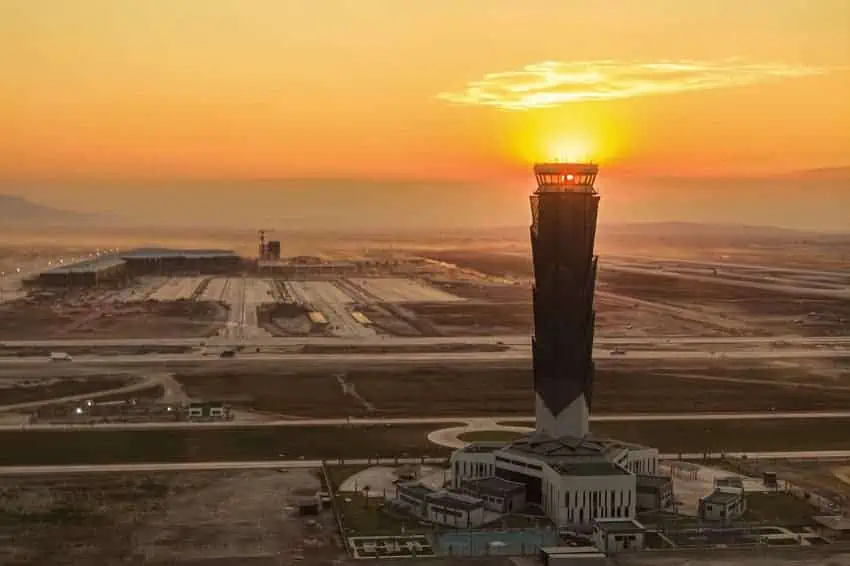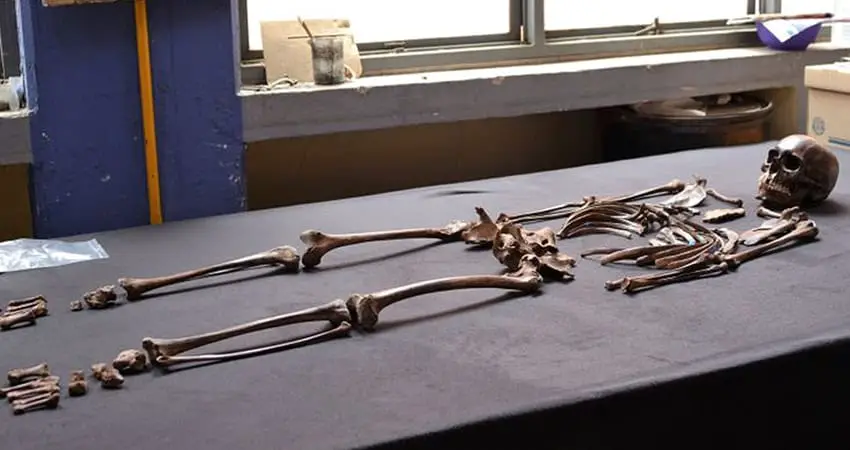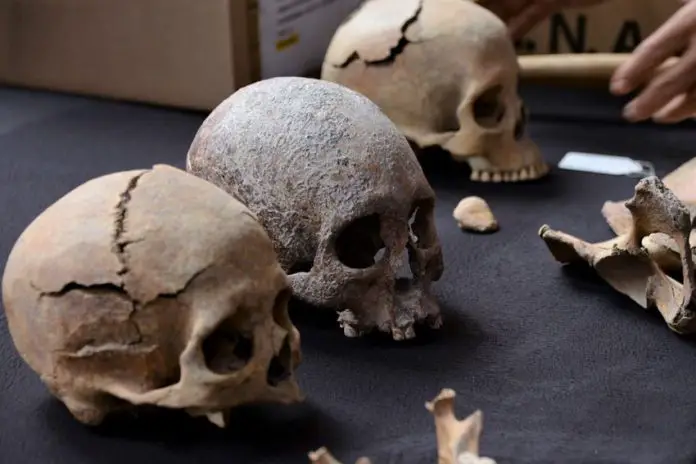After studying the skeletons of 112 prehistoric humans found near Mexico City between 2019 and 2021, the National Institute of Anthropology and History (INAH) has pieced together insights into the lives of pre-Columbian peoples in the area, including the hypothesis that some of the skeletons belonged to ancient female warriors.
The skeletons were all found during construction of Mexico City’s newest airport, Felipe Ángeles International (AIFA) in Zumpango, México state. The airport, which opened in 2022, sits in the Altiplano Central region once occupied by Otomies, Teotihuacanos and Toltecs.

This week, the National Institute of Anthropology and History (INAH) shared details of the examination carried out by its scientists.
AIFA’s construction, which began in October 2019, uncovered significant material remains, including over 600 mammoth remains and an ancient flamingo egg, the latter of which is believed to be from the Pleistocene Epoch, which ended 11,700 years ago.
The human skeletons were recovered from 104 burial sites at two locations that INAH has dubbed “Tlatel 7” and “Sin Cuadrícula 5,” both dating from A.D. 600–900, and another location named “Xaltocan polígono 6” (1200-1500 AD). All were located at or near the airport construction site.
The 19 adult skeletons found at Tlatel 7 are of 12 males and seven females, all between 25 and 35 years of age at the time of death. The most significant discovery was that of a female skeleton whose lower left arm appeared to have been amputated violently.
According to Jorge Arturo Talavera González, director of INAH’s bioarchaeology team within the Archaeological Rescue Division (DSA), the skeleton’s fractured area showed bone tissue growth, indicating that the woman had survived the injury for five to seven months afterward. A prosthesis had likely been attached, he said.
“It is likely that the prosthesis had been attached to stabilize and heal the arm, which would have been impossible without surgery,” Talavera said. “She possibly died as a result of an infection.”

Talavera said his team came up with two hypotheses for the injury: either she instinctively raised her arm to protect her face while being attacked, or the woman was a warrior struck in the arm while holding a shield.
The theory that this was a community of warriors is reinforced by the fact that the other female skeletons at this site all presented significant trauma to their skulls and faces.
The 66 skeletons found at the Xaltocan site were also a revelation as half of them were infants or fetuses.
“It’s the first time I’ve seen so many well-preserved skeletons of infants in one site,” Talavera said.
“Our theory is that since Xaltocán was in conflict with Cuautitlán [an ancient site also located in the Valley of Mexico], the boys and girls here were subjected to constant stress and, in addition to poor nutrition, they were in a weakened state,” he said.
This week’s report on the 112 skeletons was the second issued by INAH detailing the findings of the AIFA excavation project, which lasted from May 2019 through May 2022. INAH’s analysis of the archaeological findings began in November of 2021 and was concluded in March 2024.
With reports from Infobae and La Jornada
